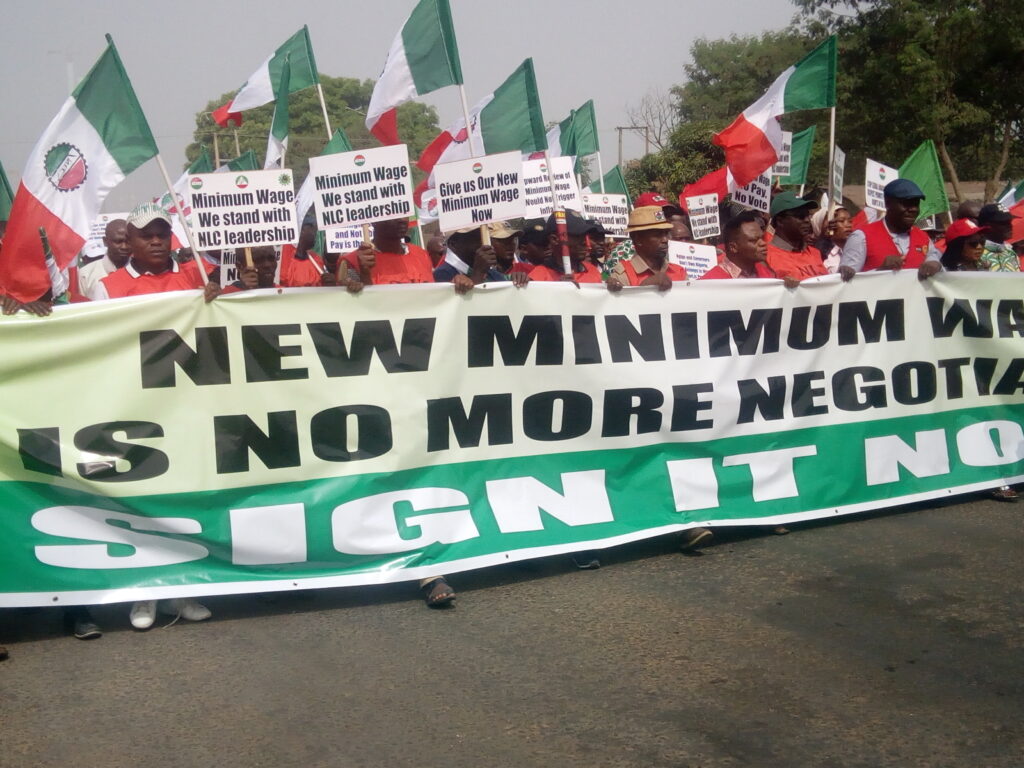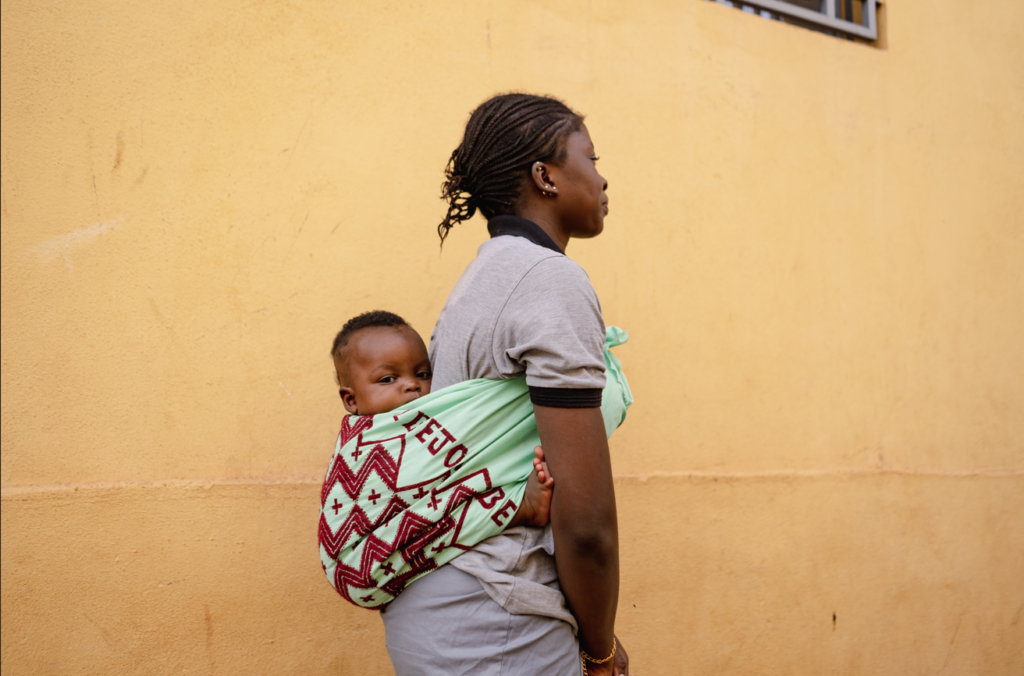In 2019, the United Nations General Assembly declared September 9 “International Day to Protect Education from Attack”. The United Nations Educational, Scientific and Cultural Organisaton (UNESCO) and the United Nations Children’s Fund (UNICEF) were designated as the United Nations agencies in charge of increasing awareness of the millions of people affected by attacks on education worldwide. The 2022 “Education Under Attack” reported 5,000 attacks on educational facilities and incidents of military usage of schools and colleges worldwide in 2021 and 2022. About 9,000 students and instructors were affected in 85 countries, according to the Global Coalition to Protect Education from Attack.
The intensity of violence in Nigeria poses significant risks for school children. Several places of learning have turned to piles of ruin due to attacks by non-state armed groups. These incidents are more prevalent in Nigeria’s northeast zone, where the Jihadist insurgency (especially Boko Haram) has raged over the last twelve years. For instance, in March 2012, the group set fire to 12 public schools in Borno State in its commitment to rid Nigeria of western education. These attacks resulted in the displacement of up to 10,000 students. In the northwest and northcentral zones, banditry also poses significant threats to education due to large-scale kidnappings at places of learning. In the southeast zone, school activities are suspended on Mondays and other days the separatist Indigenous People of Biafra (IPOB) designate as sit-at-home days.
Between 2009 and 2022, repeated attacks on schools by Boko Haram and associated terror groups killed 2,295 teachers and displaced approximately 19,000 others. The armed war resulted in the destruction or forced closure of over 1,500 schools and the loss of education for almost 600,000 pupils. The deaths, abductions, and damage to school infrastructure influenced the decline in student enrolment and attendance and resulted in several classrooms without teachers in many northern states. The attacks resulted in a decline in the number of Youth Corps members willing to be posted to northern states. Nigeria’s National Youth Service Corps programme is a major source of teachers for schools across the country.
Ubiquitous terror significantly constrains school enrolment in Nigeria. The country has an out-of-school children problem, estimated at 18.5 million children. The figure is a sharp rise from 10.5 million recorded in 2021. UNICEF links the surge to northeast terrorism and banditry in the northwest and northcentral regions. Beyond the violence, there are limitations, often based on security risks, in supporting many children trapped in conflict-impacted environments. Also, many children live in conflict zones with limited social services. Education services appear secondary in the face of a prolonged humanitarian crisis.
Continued constraints in accessing education will worsen the poverty statistics. The younger population are denied educational opportunities, affecting their self-development, productivity, self-reliance and vulnerabilities. The proliferation of non-state armed groups increased the need for recruits to fill their rank and file. Hence, out-of-school, unskilled and unproductive demographics are vulnerable to the antics of violent entrepreneurs. According to the Inter-agency Network for Education in Emergencies (INEE), quality education protects cognitive development and psychosocial well-being, giving children hope in times of crisis. To provide educational services to millions of deprived children in Nigeria means to sustainably address structural, cultural, security and humanitarian factors that limit children’s access to education.
It is imperative to pay more attention to the conditions of children, especially in conflict zones and the ongoing proliferation of violence in Nigeria. Education remains a critical tool for human capital development and the economic growth of a country. Therefore, the Nigerian government must mobilise development partners to support intervention programmes to provide basic education to children affected by conflict. The government should preface its efforts with studies to assess the best alternatives to provide safe learning environments for children in violent flashpoints and resettlement areas.



